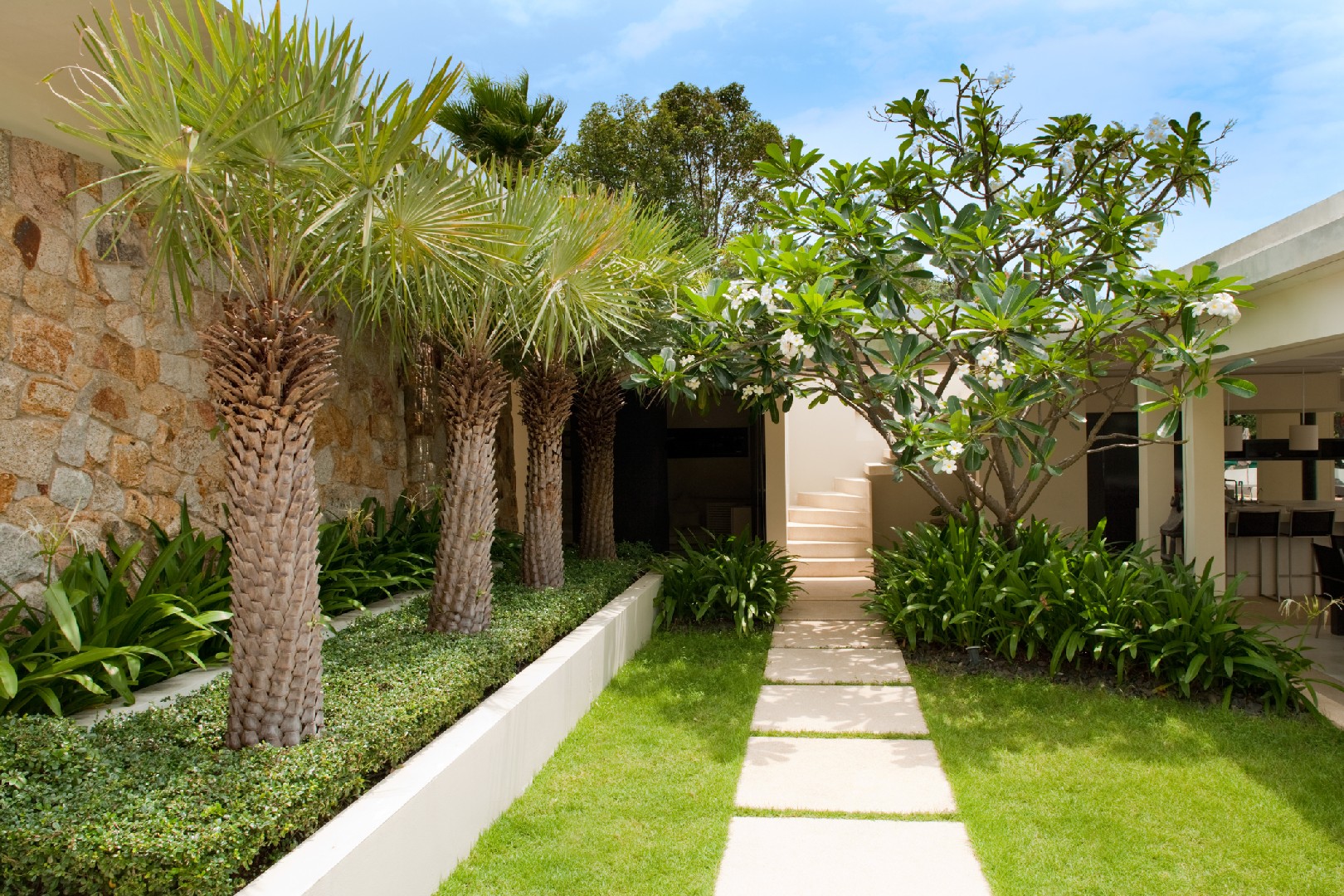![Rectangle]()
Challenges and Solutions in Heritage Incorporation
When it comes to infusing heritage into modern landscape design, there are unique challenges that designers often face. However, with some creative thinking and a thoughtful approach, these challenges can be overcome to create stunning and meaningful outdoor spaces that embrace the past.
One of the main challenges in incorporating historical elements into modern designs is the balance between preserving the heritage while still creating a contemporary aesthetic. It is essential to honor the historical significance of the elements while ensuring they harmonize with the overall design. This requires a deep understanding of both the historical context and the principles of modern landscape design.
To overcome this challenge, designers can employ various techniques. One effective method is to use traditional materials in a modern way. For example, reclaimed bricks or stones can be repurposed to create a unique feature wall, pathway, or seating area. This not only adds a touch of history but also adds texture and visual interest to the garden. Additionally, integrating historical patterns or motifs into contemporary structures, such as pergolas or fences, can create a beautiful blend of old and new.
Another challenge designers face is the integration of heritage elements in a way that is functional and practical for modern use. For instance, incorporating an old well or fountain may add a charming historical touch, but it needs to be adapted to suit modern water systems and maintenance requirements. Designers should consider retrofitting these elements to ensure they are both visually appealing and functional for everyday use.
Furthermore, the success of heritage incorporation can be greatly influenced by the site's context and cultural significance. Understanding the local history and traditions is crucial for creating a design that truly resonates with the community and evokes a sense of place. For example, if the site has a strong connection to a particular era or architectural style, incorporating elements from that period can help reinforce the sense of heritage and create a cohesive design.
To illustrate successful integration of heritage in landscape design, let's look at a couple of case studies. In a city park renovation project, the designers integrated historical statues and monuments from the original park design into new pathways and seating areas. This not only preserved the historical significance of the monuments but also created a sense of continuity with the past. In another example, a private garden utilized reclaimed materials from an old barn on the property to construct a stunning pergola and seating area, adding a rustic charm and personal touch to the space.
In conclusion, blending heritage into modern landscape design requires thoughtful consideration and creative problem-solving. By using traditional materials in innovative ways, adapting historical elements for practical use, and understanding the site's cultural context, designers can create outdoor spaces that embrace the past while providing functional and visually appealing environments for everyone to enjoy.





